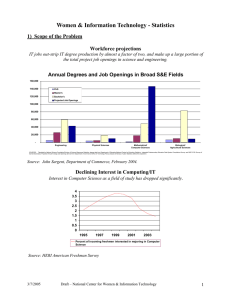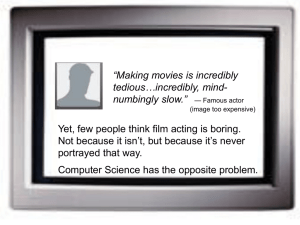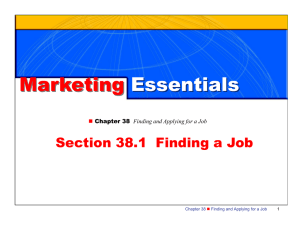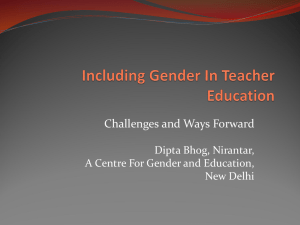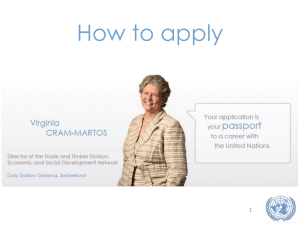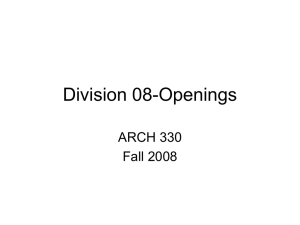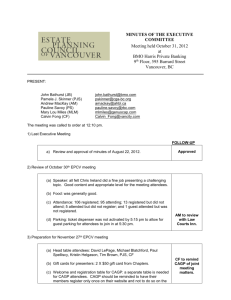Communication
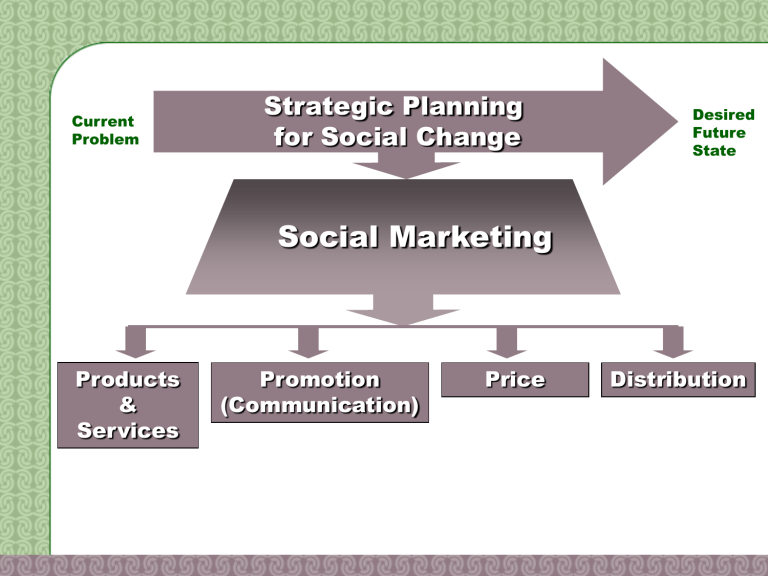
Current
Problem
Strategic Planning for Social Change
Social Marketing
Desired
Future
State
Products
&
Services
Promotion
(Communication)
Price Distribution
Current
Problem
Strategic Planning for Social Change
Social Marketing
•Audience
•Exchange
•Behavior
Desired
Future
State
Products
&
Services
Promotion
(Communication)
Price Distribution
Current
Problem
Strategic Planning for Social Change
Social Marketing
Desired
Future
State
Products
&
Services
Promotion
(Communication)
Price Distribution
Current
Problem
Strategic Planning for Social Change
Social Marketing
Desired
Future
State
Products
&
Services
Promotion
(Communication)
Legislation
Litigation
Regulation
Incentives
Advocacy
Grassroots
Mobilizing
Research
Standards
Community
Organizing
Current
Problem
Strategic Planning for Social Change
Social Marketing
•Audience
•Behavior
•Exchange
Desired
Future
State
Health Belief Model
Social Learning Theory
Reasoned Action
Stages of Change
Products
&
Services
Promotion
(Communication)
Legislation
Litigation
Regulation
Incentives
Advocacy
Grassroots
Mobilizing
Research
Standards
Community
Organizing
Theories of Social Change
• System Change
• Environmental
Change
• Institutional
Change
• Community-
Organizational
Change
•Diffusion of
Innovation
•Social Movement
Theories
•Organizational
Change Theory
Social Change – Going to Scale
Social Change requires sustained, multiple levels of intervention-
Marketing can help at each level
• System Change
• Environmental
Change
• Institutional
Change
• Community-
Family-
Individual
Behavior
Change
Challenges for
Social Marketing and
Health Promotion
• Infrastructure
• Professional Skill Set
• Commitment of Resources
– Size
– Time
• Poor Social Change Planning
Top 5 Electronic
Games Advertisers
Advertiser
Nintendo Co.
Sony Corp.
Hasbro
Microsoft
Corp.
Electronic Arts
2001*
$83.5
$73.9
$28.4
$24.3
$24.2
*In millions
Top Fast Food
Advertisers
Advertiser
McDonald’s
Burger King
Wendy’s
Applebee’s
International
2001*
$635.1
$298.3
$237.1
$ 87.1
*In millions
Creating
Social
Change
• NCI screening guidelines
• Standards for mammography machines
• Regulatory changes for self-referral
• Malpractice for failure to diagnose
• Social Marketing Campaign
• Partnerships/TV shows
• Revlon
• Avon
• NBC
• Univision
• NBA
• Media Relations
• White House Summits
• Insurance coverage – private & Medicare
• Breast Cancer Awareness Month
• Race for the Cure
• GE Corporate Advertising
Mammography Rates
70.0%
60.0%
50.0%
40.0%
30.0%
20.0%
10.0%
0.0%
1987 1990 1991 1993
Percentage of women 50+ who have had a mammogram
Source: Institute of Medicine
White, Non-Hispanic
Black, Non-Hispanic
Hispanic
Current
Problem
Strategic Planning for Social Change
Social Marketing
•Audience
•Exchange
•Behavior
Social Marketing
(Communication) Campaigns
•Advertising
•Media Relations
•Special Events
•Internet
•Direct Mail
•News letters
•Branding
•Collateral Materials
•Outdoor
•Promotions
•E-promotions
•Entertainment
Desired
Future
State
Social Marketing
Communication Process
Message &
Materials Development
Planning &
Development
Pretesting
Evaluation &
Feedback
Implementation
6 Strategic Questions for
Audience-Based
Communications sm
• Target?
• Action?
• Rewards?
• Support?
• Image?
• Openings?
1. THE TARGET
Who is the target and what is their reality?
2. TAKE ACTION
What do we want the target to do?
What Exactly Do You
Want
Them To Do When They
Receive Our Message?
18
What Are They Doing Now?
Competitive Actions
• What is their current behavior?
• Why do they take those actions?
• What do they gain from the status quo?
(Here is where the behavior theories help)
19
Copy:
To learn more, call
1-800-284-KIDS
3. THE REWARD
What’s in it for them?
Marketing Exchange
What benefits can we offer in exchange for the action?
Are they worth the cost?
Behavior Theory
Says People Want
•Fun
•Easy
•Popular
WARNING:
You are not the target audience!
Text:
Crispy
Crunchy
Rings is one of five, fabulous, fun new
Funky Fries
Text:
New
Lunch ables
Make your own magic
What Girls Want
To Be Grown Up
Social Interaction
What TV Gives
Them
They can learn life’s lessons from talk shows; learn from others’ mistakes; exposed to adult content
Social engagement with story line and characters
Sophistication
Popularity Among Peers
Keeps girls up to date on current trends and events; makes girls aware of new and different products
Gives girls something to talk about with friends
Focus Groups – 11-14 year old girls
California Obesity Prevention Initiative, 2002
Benefits (and costs) are:
• Subjective/personal
• In the present, not the future
• Unknown until you talk to your audience
31
“Swallow Your Cause”
• Rewards may have nothing to do with “our cause.”
• They come from the personal wants of our audience.
• We must communicate the rewards we have to offer
32
4. SUPPORT
Why should they believe us?
Support
• What evidence do we have to substantiate the reward?
• What can we say to make the action seem feasible?
• What makes it the norm?
For example…
“Leading hospitals” – we can support this claim because:
US News & World
Report says so
Growing number of programs
5. IMAGE
What’s our brand?
An Effective Image:
• Is appealing and relevant
• Is original and distinctive
• Tells the audience, “I’m speaking to you”
38
IMPACT OF GOVERNMENT
PROGRAMS TO IMPROVE
CONDITIONS OF POOR PEOPLE
Unsure
4%
Making them worse
13%
No impact
49%
Making them better
34%
NPR/KAISER 1-01
DO WELFARE RECIPIENTS REALLY
WANT TO
WORK OR NOT?
No
44%
Yes
47%
Unsure
9%
NPR/KAISER 1-01
6. OPENINGS
(Not Channels)
How do we break through?
Openings Are Not About
How We Get Our Message
Out.
Openings Are About How
Our Audience Takes Our
Message In.
42
Good Openings For Reaching
Your Audience
Times, places, situations, states of mind when they are:
• Ready to hear your message
• Looking for your benefits
• In a position to act
• Broadcasters
• Producers
• Distributors
• Licensors
• Licensees
• Marketers
Creating Message Strategies
The six questions give you a message
strategy:
If I do (action) instead of (status quo),
I will get (reward) because (support).
An associated image
Openings when your audience will be receptive to your message
Next Steps Toward Success
• Start the process right
• Get the audience, interventions, messages, scale, & incentives right
• Stay on course
• Be creative!
